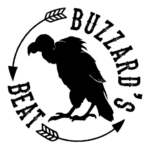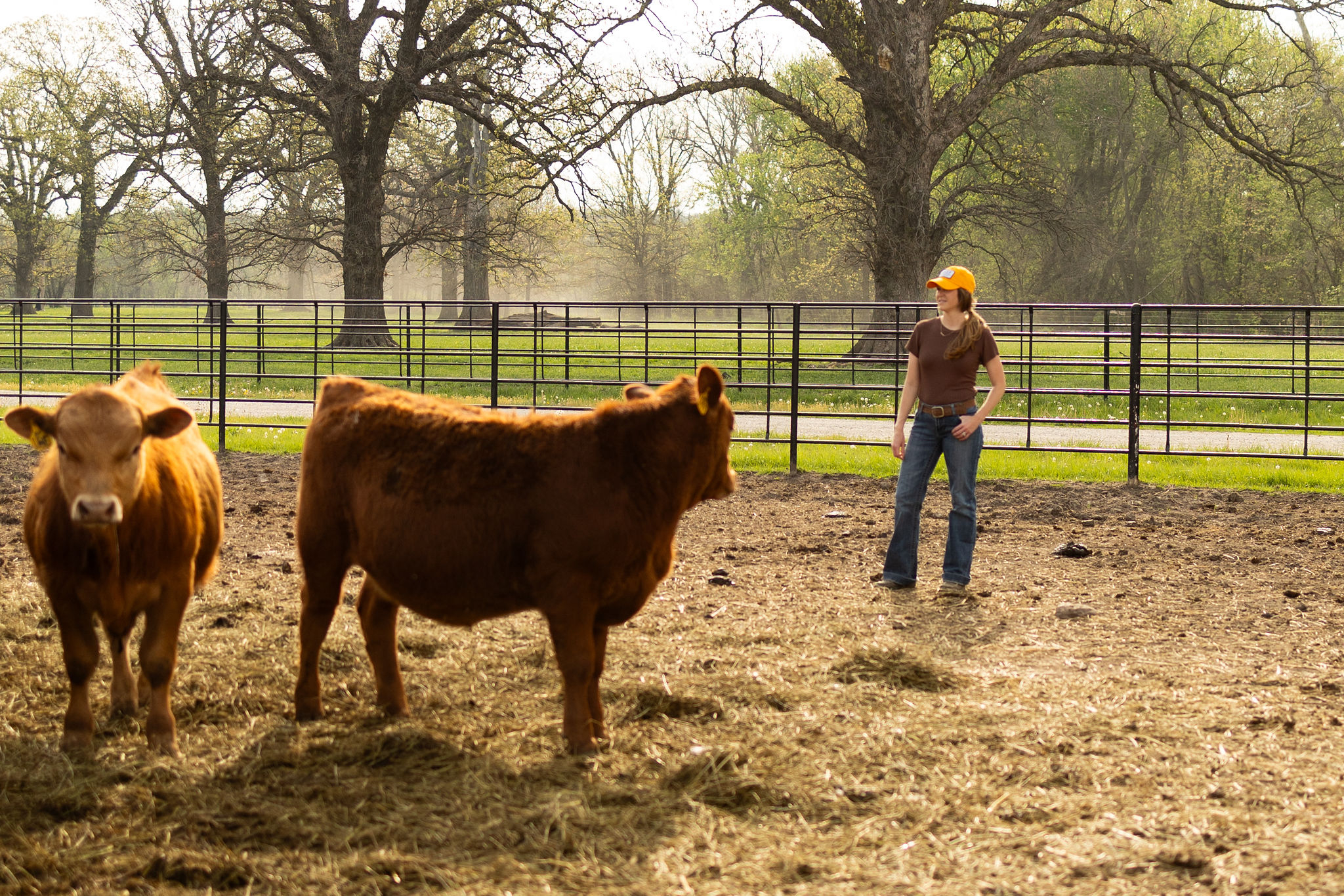In 1820, explorer Stephen H. Long led a group of soldiers across the Great Plains in search of the source of the Red River. During his expedition, he explored much of what is now Kansas, Colorado and Nebraska. What did Long report to his superiors after his journey concluded?
The region between the Missouri River and the Rocky Mountains is almost wholly unfit for cultivation, and of course inhabitable by a people depending upon agriculture for their subsistence.
On Long’s published map of his expedition, he labeled what is now known as the Great Plains as the “Great American Desert”. Boy was he mistaken!
Today the Great Plains are the heartland of American agriculture – just look at these digits:
— Kansas ranks 1st in grain sorghum produced, 3rd in cattle on feed and grass and 10th in hogs on farms.
— 1/5 Kansans, both rural and urban, works in a job related to agriculture and food production.
— Nebraska ranks second in the U.S. in cattle and calf sales
— Nebraska is 3rd in the nation in producing corn for grain, with nearly 1.4 billion bushels produced in 2008
— There are more than 105,000 jobs in Colorado related to agribusiness, contributing more than $16 billion annually to Colorado’s economy.
— Colorado’s sheep and lamb totals rank fourth in the nation and Colorado wool production is sixth.
— Colorado ranks first in production of proso millet. This annual grass is grown as a grain crop and is used for bird and livestock feed in the U.S.
Of course there are many more great attributes about these midwestern states but this gives you a glimpse into the billions of dollars of worth of agricultural products produced in the Great Plains. Too bad Stephen Long can’t see us now!
Until next time,
~Buzzard~



